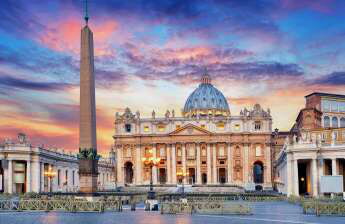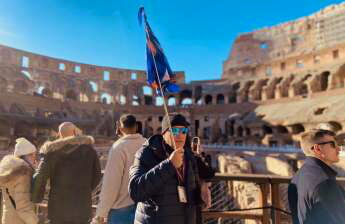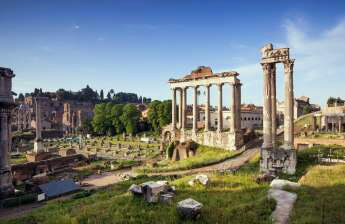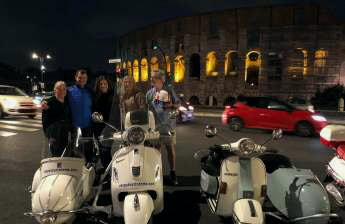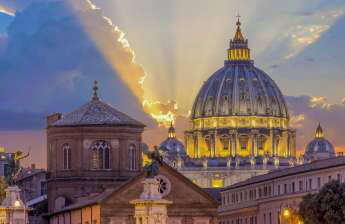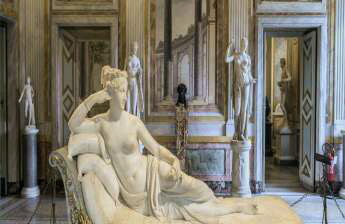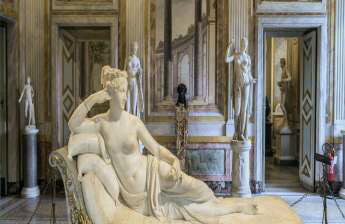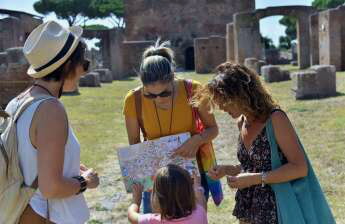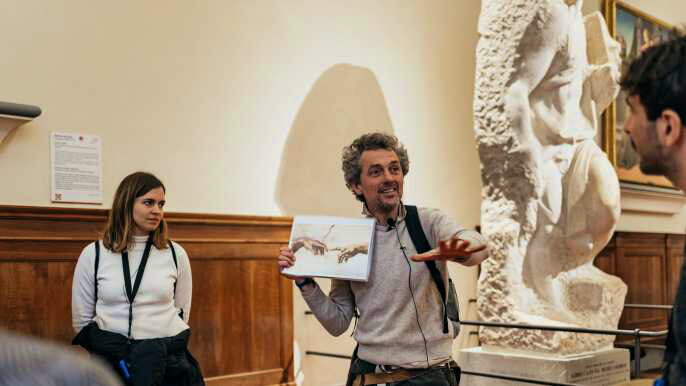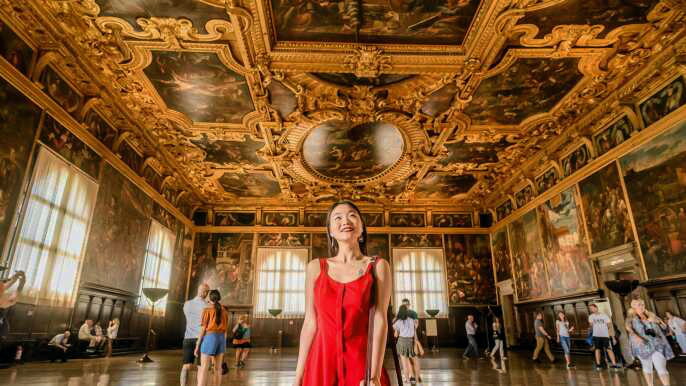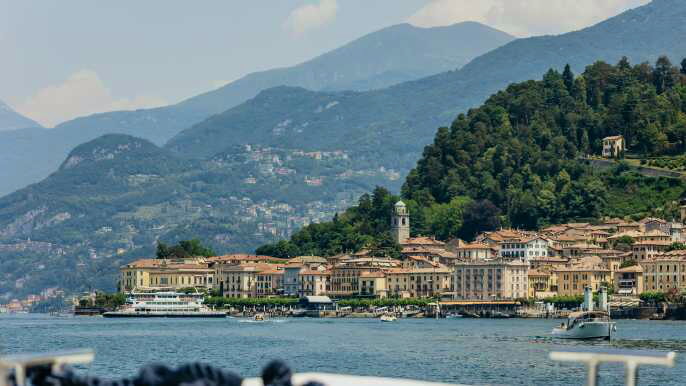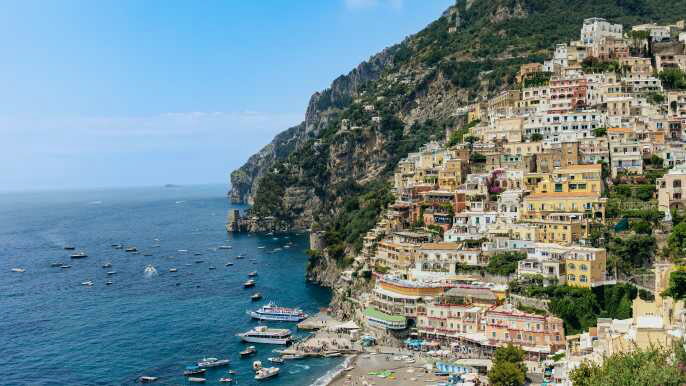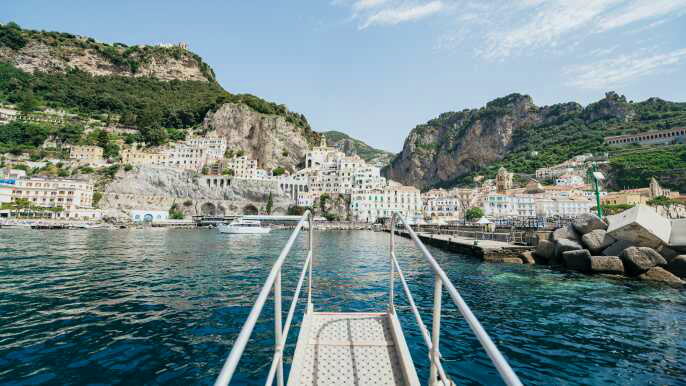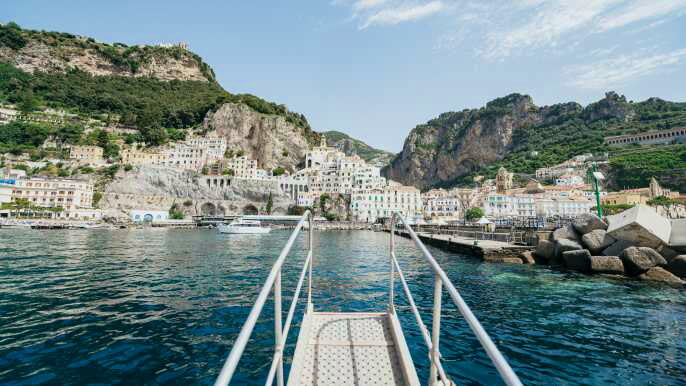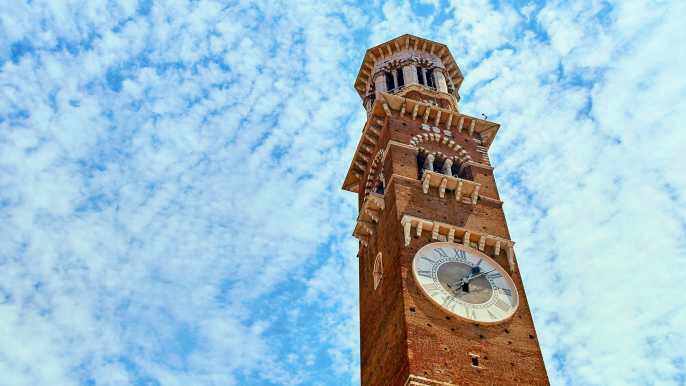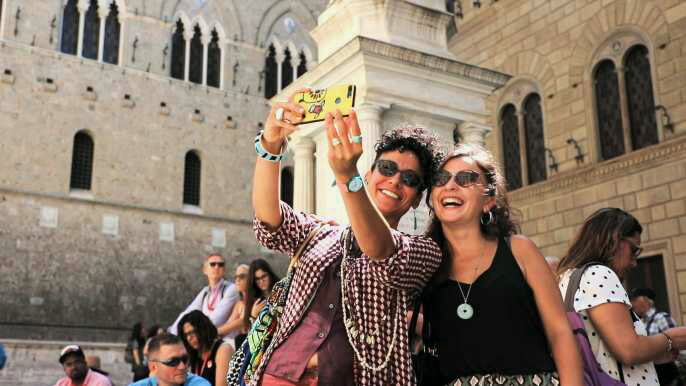If you love history, art, and architecture, Rome is the place to be. It offers spectacular monuments, resplendent palaces, and lively squares that are sure to delight your senses.
To see everything Ancient Rome has to offer in one day, book a super popular 3-hour tour that includes the Colosseum, Roman Forum, and Palatine Hill. You’ll also get an expert guide!
1. Piazza di Spagna
Piazza di Spagna is one of the most popular and recognizable squares in Rome. It is home to the iconic Spanish Steps and also has shops and cafes that make it a great place to spend a day.
It is also known for its beautiful fountain called Barcaccia. It is shaped like a boat and was designed by the father and son Bernini. It was finished in 1627 and is a must-see for tourists.
You can also see the Mausoleum of Augustus in this area, which is one of the most important monuments of Ancient Rome. It is a circular structure that is covered with white marble.
2. The Colosseum
The Colosseum is one of the most famous attractions in Rome, and is a must-visit for anyone visiting the city. It is located in the heart of the city and is easily accessible via public transport.
The architecture of the Colosseum is stunning, but what makes it even more interesting is its history. It was built with a vision in mind and it was meant to be the symbol of Rome and the Roman Empire.
The Colosseum is 4-storey tall with a central oval arena. Underneath the main building are underground tunnels, which housed animals and slaves in the ancient Roman times.

3. The Roman Forum
The Roman Forum was the heart of ancient Rome; its ruins, basilicas and temples speak eloquently to the city’s history like no other place. With a richly evocative selection of buildings to discover, you can expect a day-long adventure through this remarkable archeological site.
During the time of antiquity, the Roman Forum was a central meeting point for politics, commerce and religion. As the years passed, the area became increasingly neglected and deteriorated.
It was eventually used as a pasture for cattle to graze and called Campo Vaccino (cow field). But today, the Forum is one of Rome’s most iconic landmarks. It’s a great place to relax and soak up the atmosphere of this historic city, before continuing on to other attractions in the Eternal City.
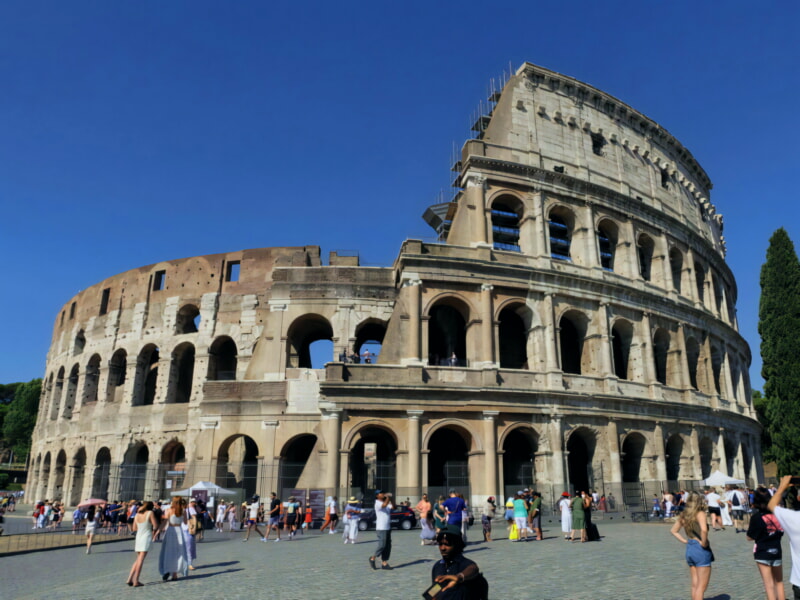
4. The Pantheon
The Pantheon is an iconic monument and one of the best-preserved ancient Roman buildings in the world. It is an architectural marvel that has been copied and imitated throughout history.
The main structure of the Pantheon consists of a portico with free-standing columns and a massive domed rotunda. The rotunda is connected to the portico by an intermediate block.
This intermediate block was designed to help transition between the portico and the rotunda. In fact, the design of the Pantheon is reminiscent of a Greek temple.
The coffered concrete dome, which measures 142 feet in diameter, contains an opening in its center, known as the oculus. This opening, which is not covered, allows natural light into the interior of the Pantheon.
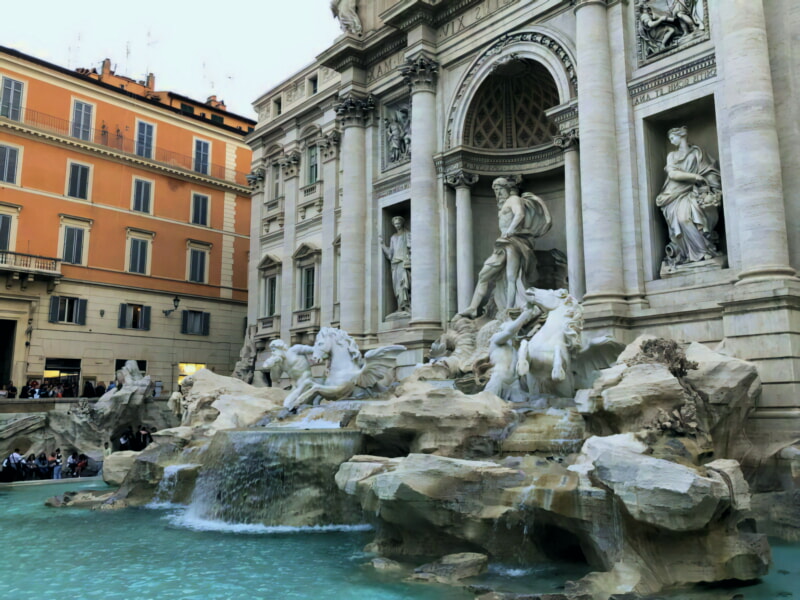
5. The Trevi Fountain
A classic symbol of Rome, the Trevi Fountain is a breathtaking sculptural piece that attracts millions to its waters every year. Located in the historic center of Rome, this Baroque masterpiece is carved against the backdrop of the 17th-century Palazzo Poli.
Its centerpiece is a powerful figurine of the Greek sea god Oceanus with his shell-shaped carriage pulled by seahorses. It also features two female statues, personifications of Abundance and Salubrity, who symbolize the luxuries water provides.
The original architect, Nicola Salvi, designed the fountain but died before it was complete. The project was restarted in 1743 and completed by a different Pope in 1762.
The fountain is best seen in the early morning or during the evening, when it is not crowded. It is not recommended to swim or put your feet in the water; this can cause damage to the structure.
